It’s a term we use a lot in the automotive world, but to the average person in Australia ‘rebadging’ – also known as ‘badge engineering’ – probably means nothing.
What is a ‘rebadged’ car?
Per our definition, a rebadged vehicle is one that is shared by one company to another, with only minimal changes including, yes, the badging, perhaps as well as trim details like the grille.
It’s a term that gets bandied about probably more than it ought to.
Hundreds of new car deals are available through CarExpert right now. Get the experts on your side and score a great deal. Browse now.
-
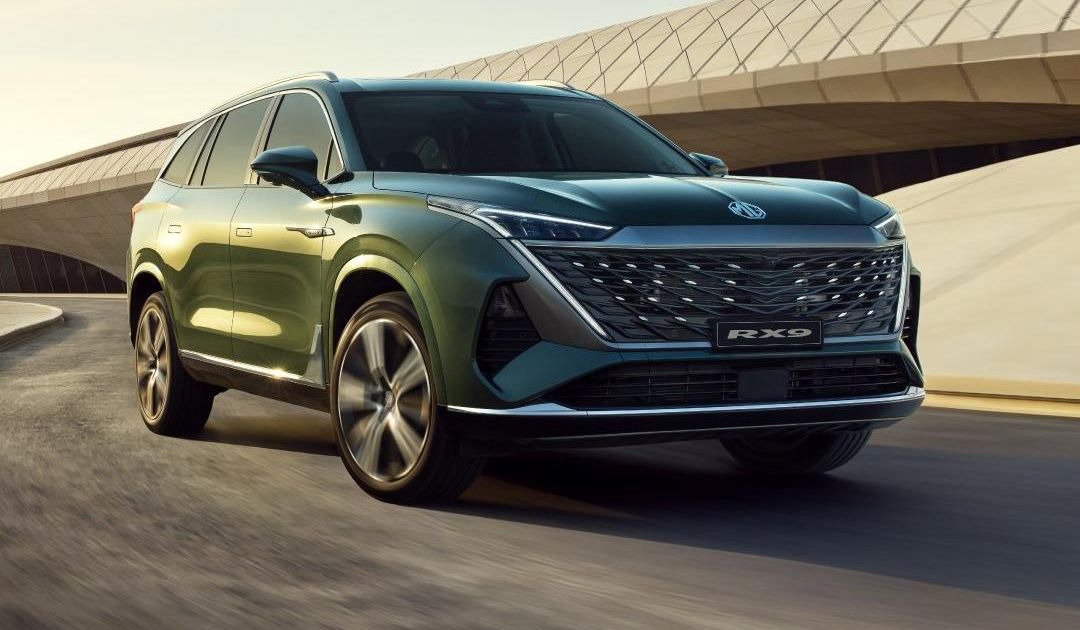
MG RX9/QS -
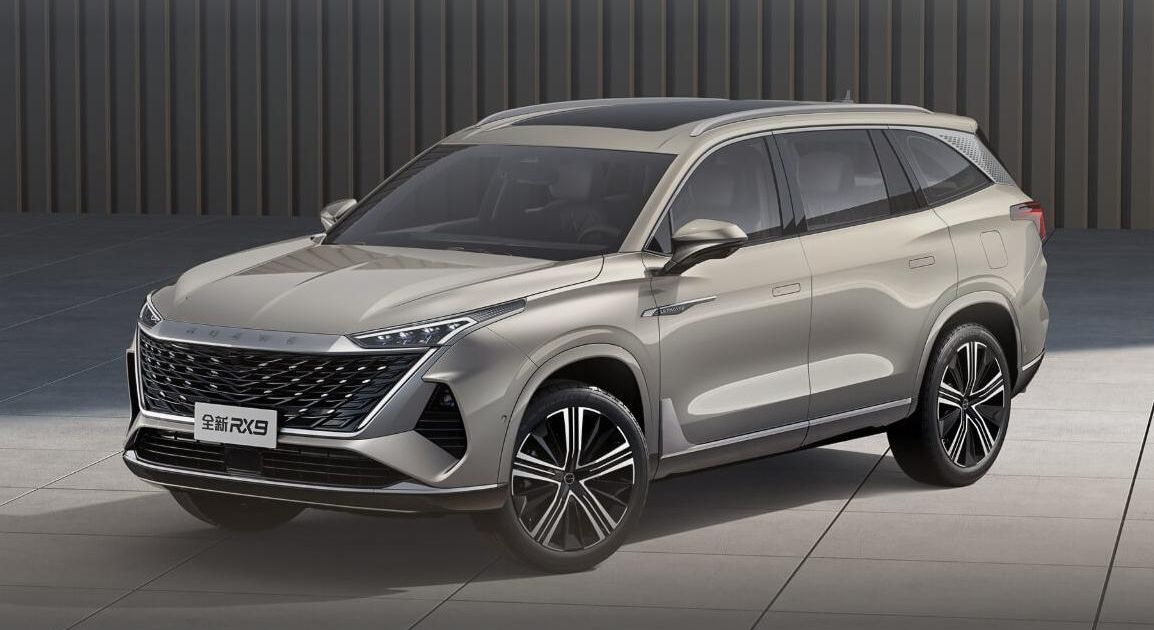
Roewe RX9
Sometimes platform sharing is dismissed as mere rebadging, even if two brands have gone to far greater effort such as offering unique sheet metal or a new ‘top hat’, or different interior designs between two vehicles.
For example, we wouldn’t consider the Toyota Camry and Lexus ES to be rebadged vehicles, nor would a Volkswagen Golf or Cupra Leon clarify – even if both sets of vehicles incorporate extensive component sharing under their respective skins.
For the purposes of this article, we’re going to look at vehicles where a rebadged version is additionally sold in Australia, not where a vehicle is exported to our market under a different name – for example, the upcoming MG QS is sold as a Roewe RX9 in China.
In the 1980s and 1990s, the Button Plan saw local manufacturers rebadge each other’s vehicles in an effort to consolidate the number of vehicles produced in Australia.
-
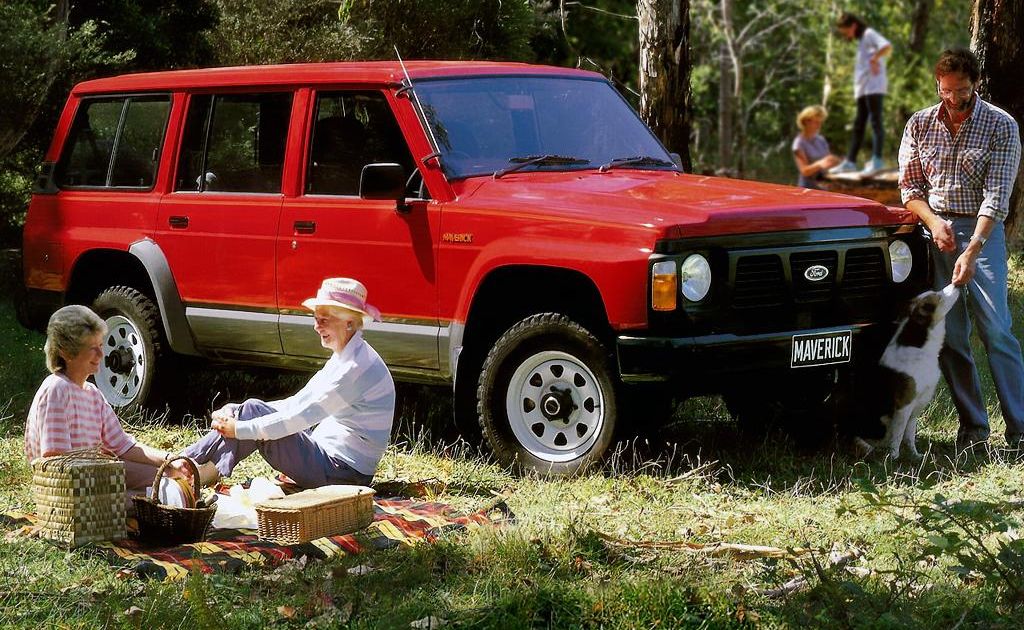
Ford Maverick -
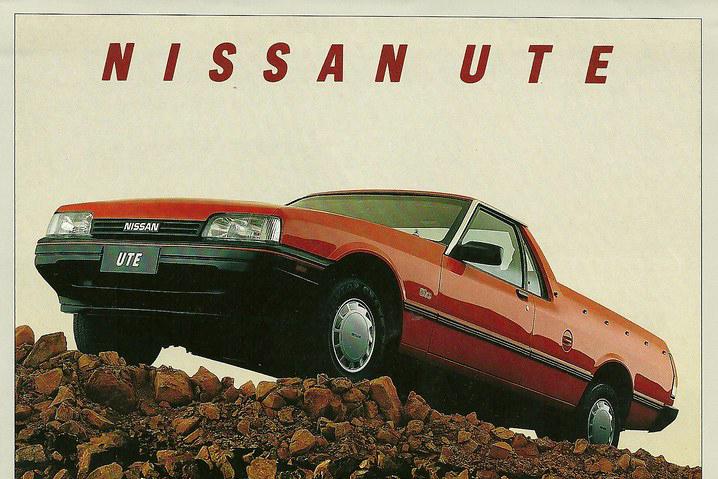
Nissan Ute
This saw Ford rebadge Nissans and vice versa; Nissans also wear Holden badging; and Holden and Toyota swap vehicles. The last of these Button Plan rebadges died in 1996.
While those days of prolific rebadging are largely a memory, there have been some examples in recent years of vehicles being sold concurrently in Australia and differing in little more than badging.
Why do car brands rebadge cars?
It depends, but usually it’s because an auto brand hasn’t chosen to (or had the ability to) invest in a product for a particular segment.
-
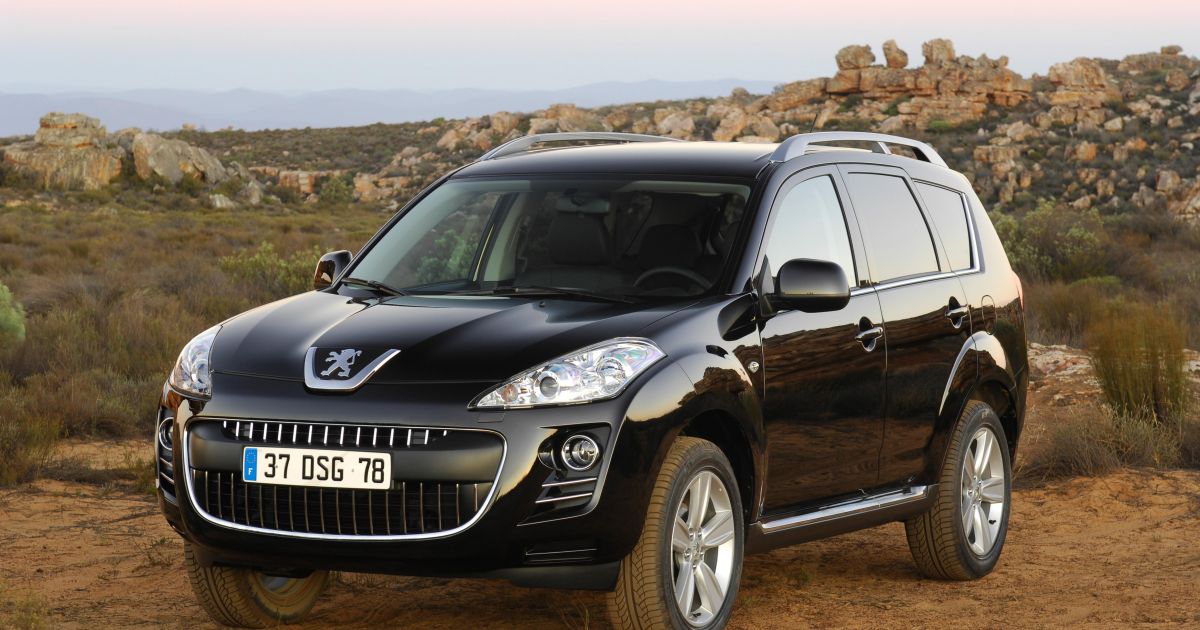
Peugeot 4007 -
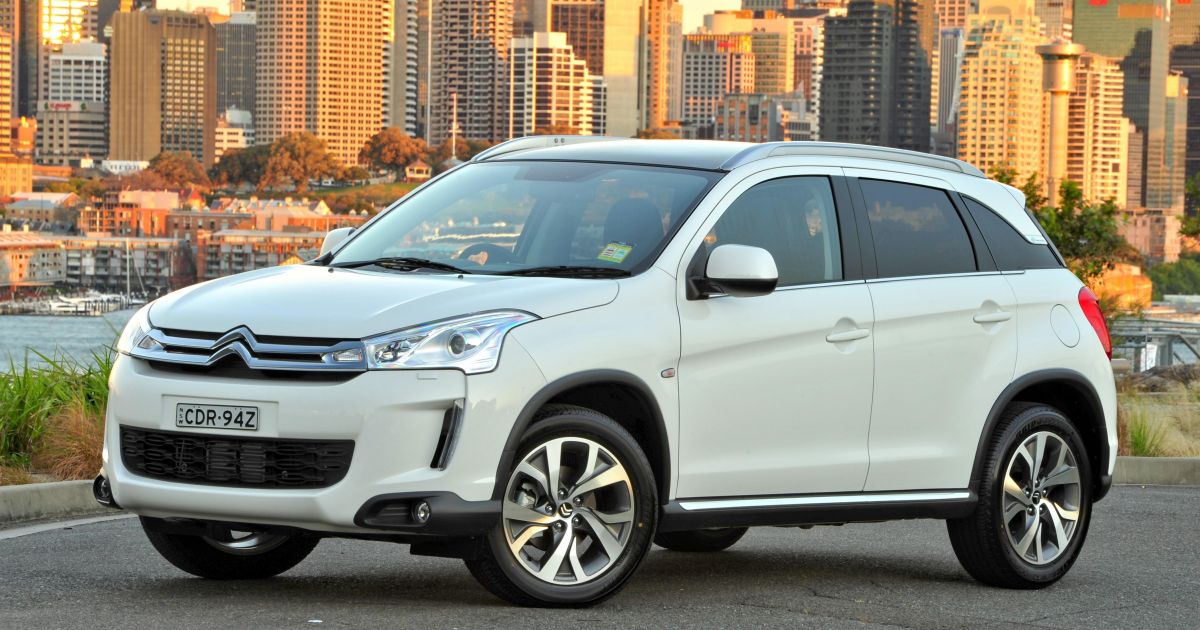
Citroen C4 Aircross
The most expedient solution, then, is to sign an agreement with another auto brand or borrow from within the parent group.
Mazda used to develop its own utes, but later sold a version of a Ford ute (the previous BT-50) and now sells an Isuzu ute (the current BT-50).
What was once Groupe PSA, parent company of Peugeot and Citroen, was late in developing SUVs so it introduced restyled versions of Mitsubishi products. With the Outlander-based Peugeot 4007 and Citroen C-Crosser, PSA even installed its own engines.
All of the aforementioned vehicles arguably extended beyond being basic rebadges with unique sheetmetal.
-
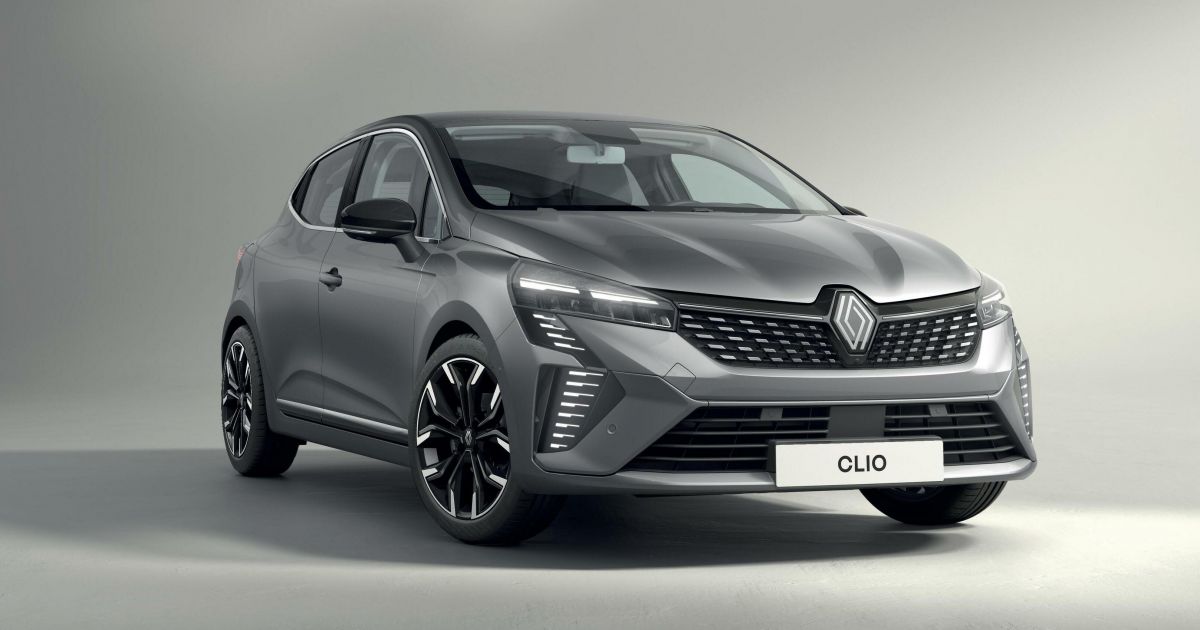
Renault Clio -
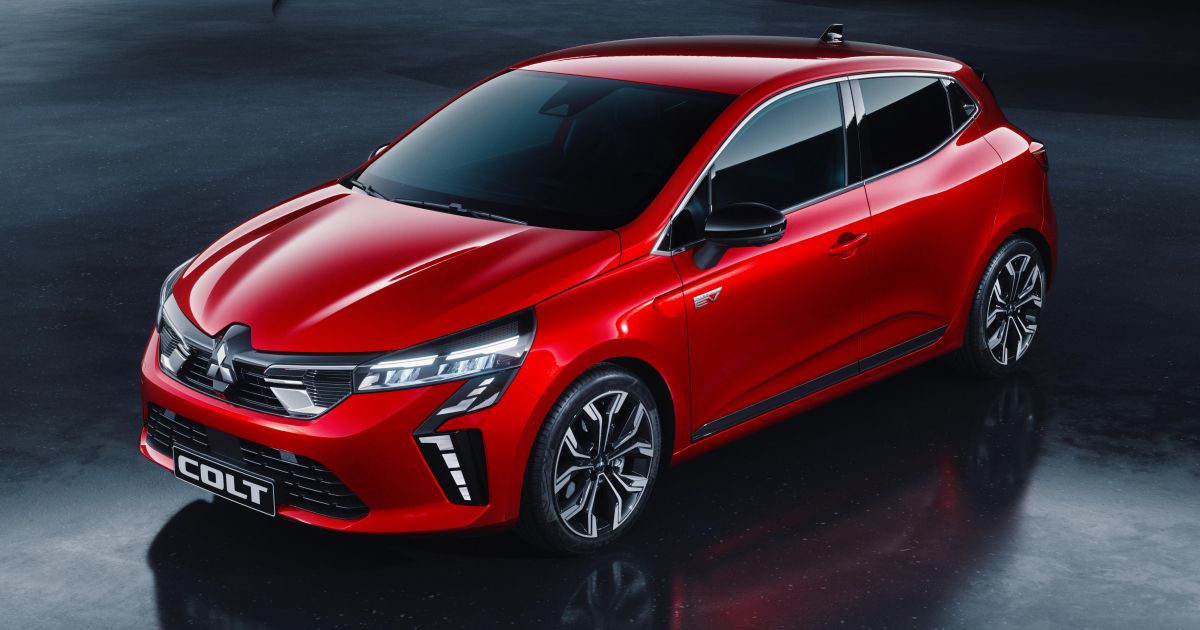
Mitsubishi Colt
Years later, when Mitsubishi decided to stay in Europe after aborting its planned withdrawal, it needed to fill out its spartan lineup and tapped Alliance partner Renault for a couple of models, with more to come.
With changes limited to minor items like the grille, these are textbook rebadges.
Some companies have been particularly prolific at the practice in the past. You need only look at British Leyland in the 1970s, as well as General Motors, Ford and the former Chrysler Corporation during the 1970s through to the 2000s (and even some models today).
In those cases, these companies were juggling lots of brands, and it was more cost-effective to just simply make minor styling tweaks to models and sell them across different brands rather than offer more extensive differentiation.
-

Fiat Ducato -
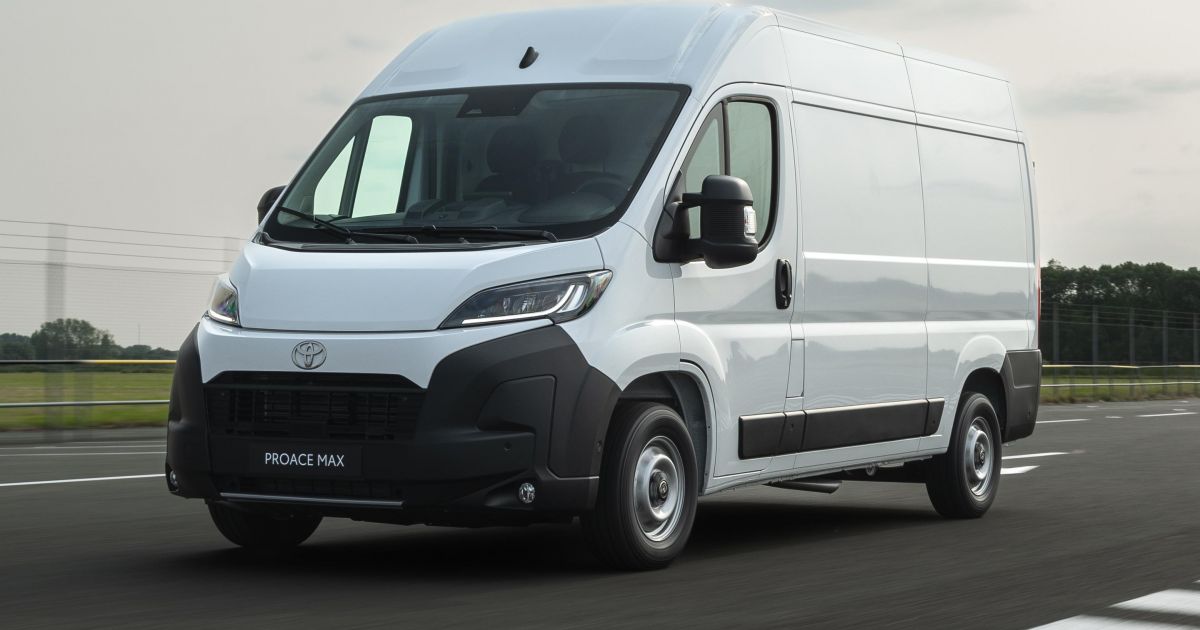
Toyota ProAce Max
Vans are commonly rebadged across multiple brands. The Fiat Ducato and Peugeot Boxer sold here are also sold under the Citroen, Opel/Vauxhall, Ram and even Toyota brands in other markets.
In short, rebadging is usually done because a company doesn’t have enough money to develop unique products… or perhaps it just doesn’t want to spend the money.
What rebadged cars are sold in Australia?
The rebadging definition can extend to various vehicles currently sold in Australia.
-
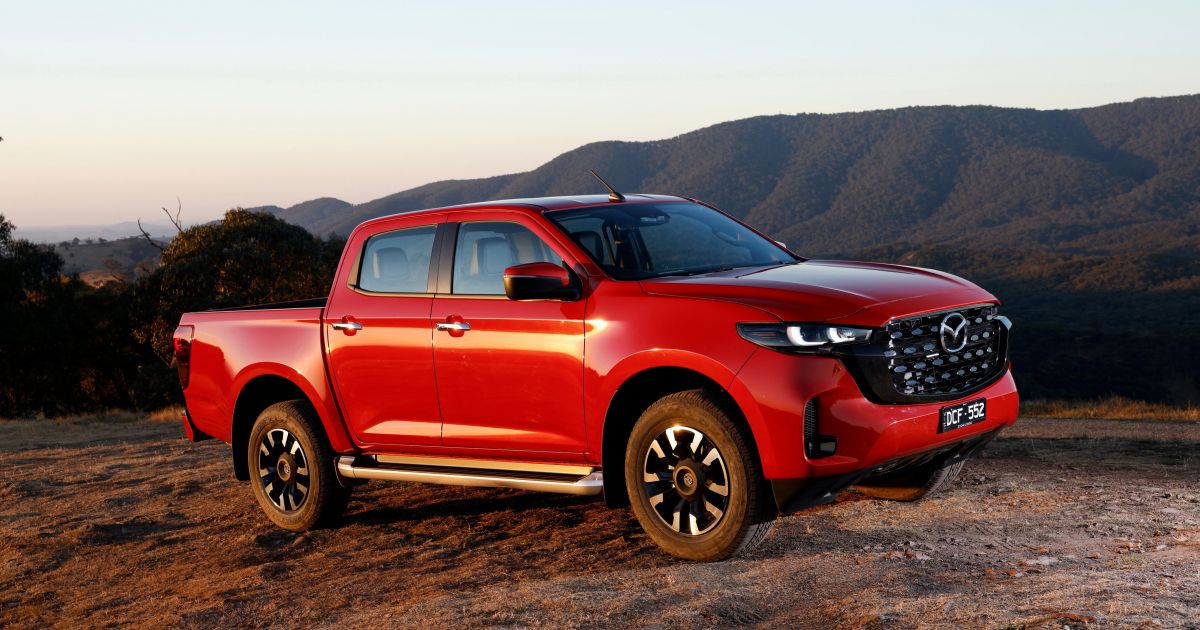
Mazda BT-50 -
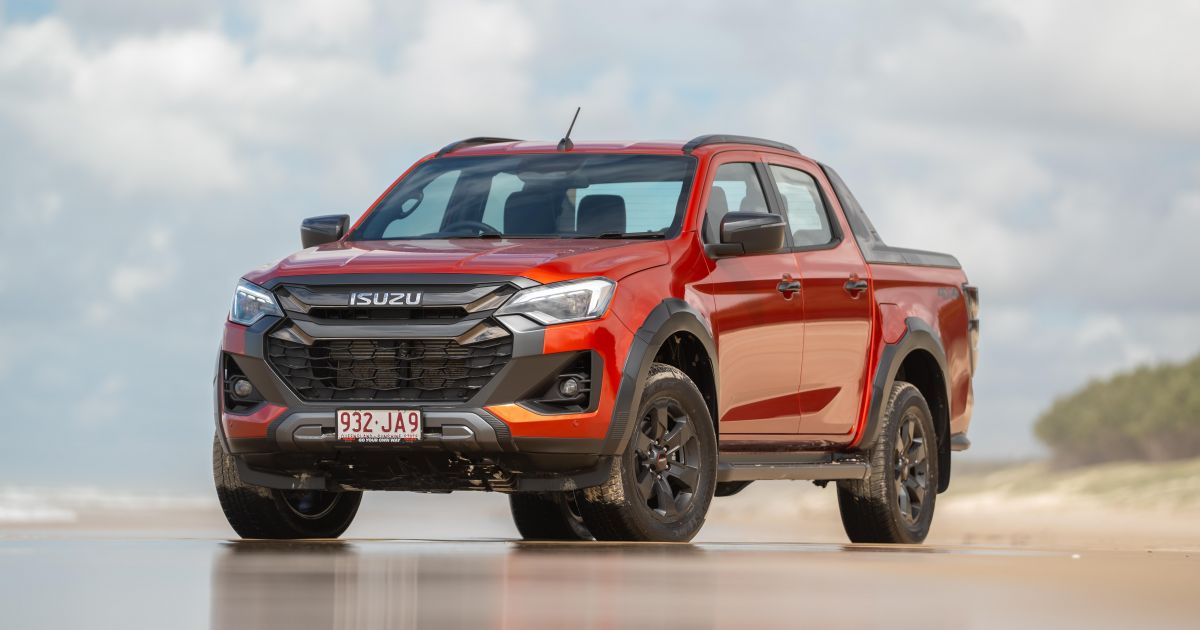
Isuzu D-Max
You can potentially consider twins like the current Isuzu D-Max and Mazda BT-50, and the Toyota Prado and Lexus GX as rebadges.
Isuzu builds the D-Max and BT-50 in its factory, with the latter getting unique front-end styling and some other aesthetic tweaks inside and out. A little bit more effort than just slapping a fresh badge on, then, but these two are mechanically related and look essentially identical from most angles.
The Lexus GX finally arrived here this year and, like the past two generations offered, overseas it’s a Toyota Prado with revised exterior styling and a unique powertrain.
It’s arguably more than a rebadge then, as despite having identical silhouettes they feature specific styling front and rear and inside, and also differ under the bonnet.
-
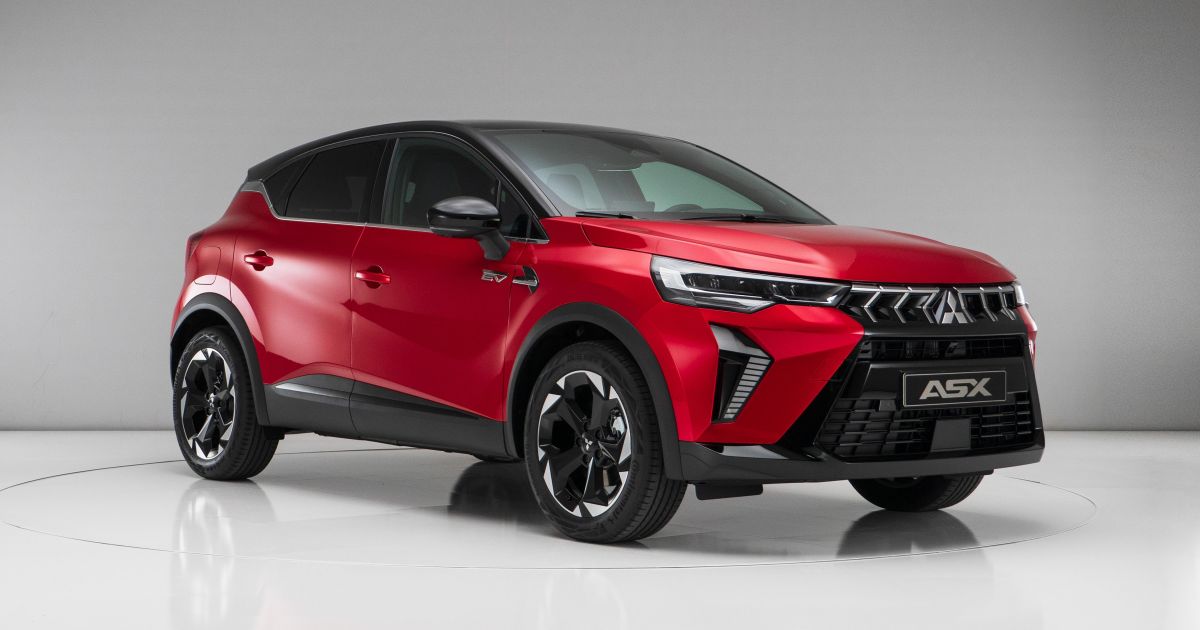
Mitsubishi ASX -
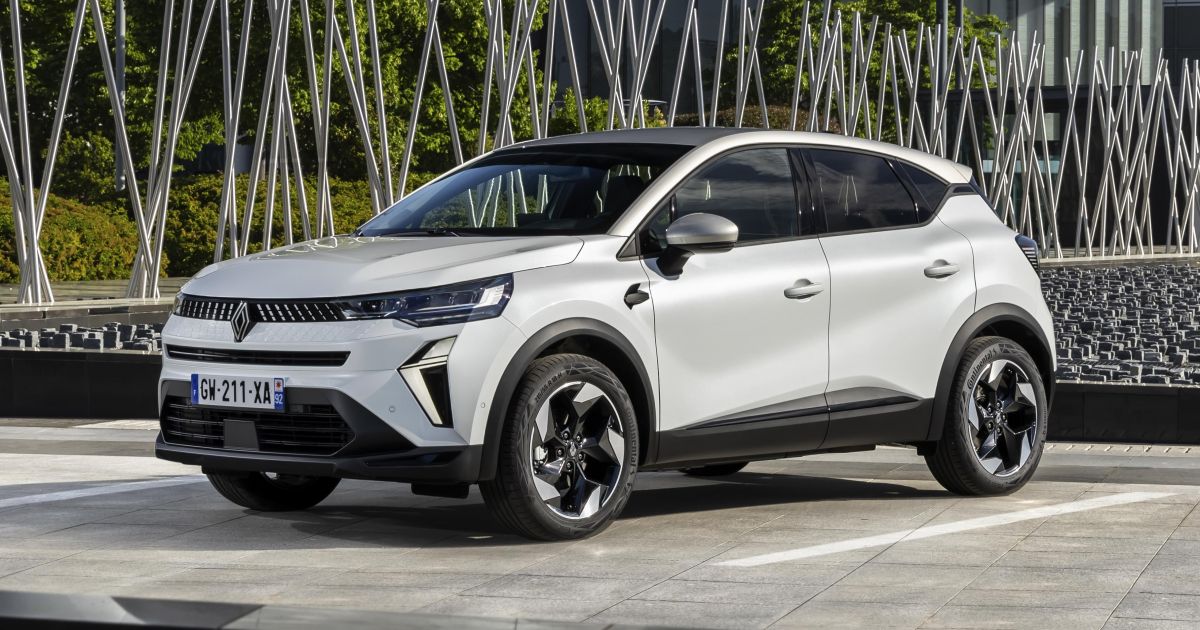
Renault Captur
There are also examples like the Toyota GR86 and Subaru BRZ, and the Toyota bZ4X and Subaru Solterra, where two brands have co-developed a vehicle and sold it under their respective names.
What other rebadged cars are coming to Australia?
There are a handful of rebadged vehicles coming to Australia soon.
The next-generation Mitsubishi ASX due here later this year is a rebadged Renault Captur, while Chery Australia has confirmed it plans to offer both the Chery Tiggo 9 and Jaecoo J8 concurrently in Australia despite being the same vehicle.
MG is also launching a version of the upcoming LDV Terron 9 ute here as the U9.
How popular are rebadged vehicles?
It’s very rare for the auto brand being loaned a vehicle to sell more examples of said vehicle.
-

Holden Commodore (VN) -
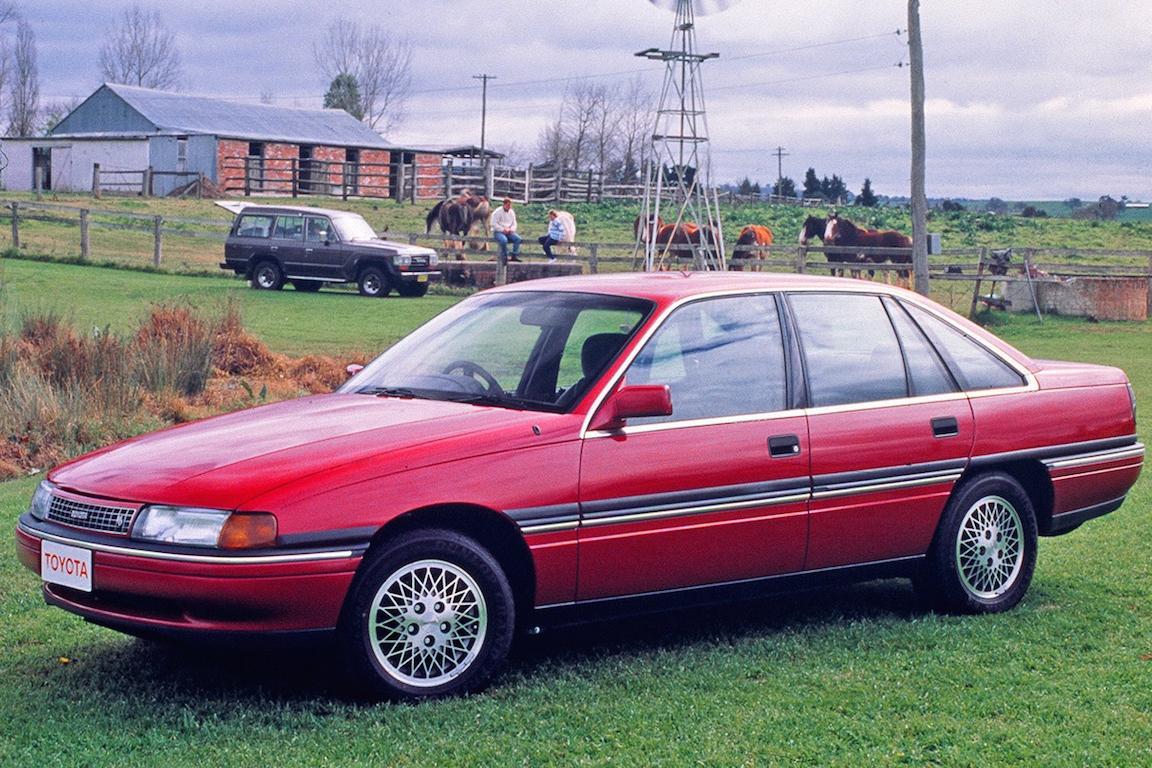
Toyota Lexcen (T1)
The ASX will be one to watch as the outgoing Japanese model has long been one of Australia’s best-selling small SUVs, and Mitsubishi has a much larger national dealer network than Renault.
Likewise, MG’s higher sales volumes locally than LDV could boost its U9 over the Terron 9, though it will be the brand’s first commercial vehicle here.
Rebadging can be a mixed bag in terms of commercial success.
For example, the Holden Commodore sold in comparatively paltry numbers when it was made available as the Toyota Lexcen, though it did have a much smaller lineup.
Between 1991 and 1996, Holden sold more than 10 times as many Commodores as Lexcens. In contrast, the Holden Nova hatch and sedan range was outsold by more than seven-to-one by the Toyota Corolla hatch and sedan it was based on.
-
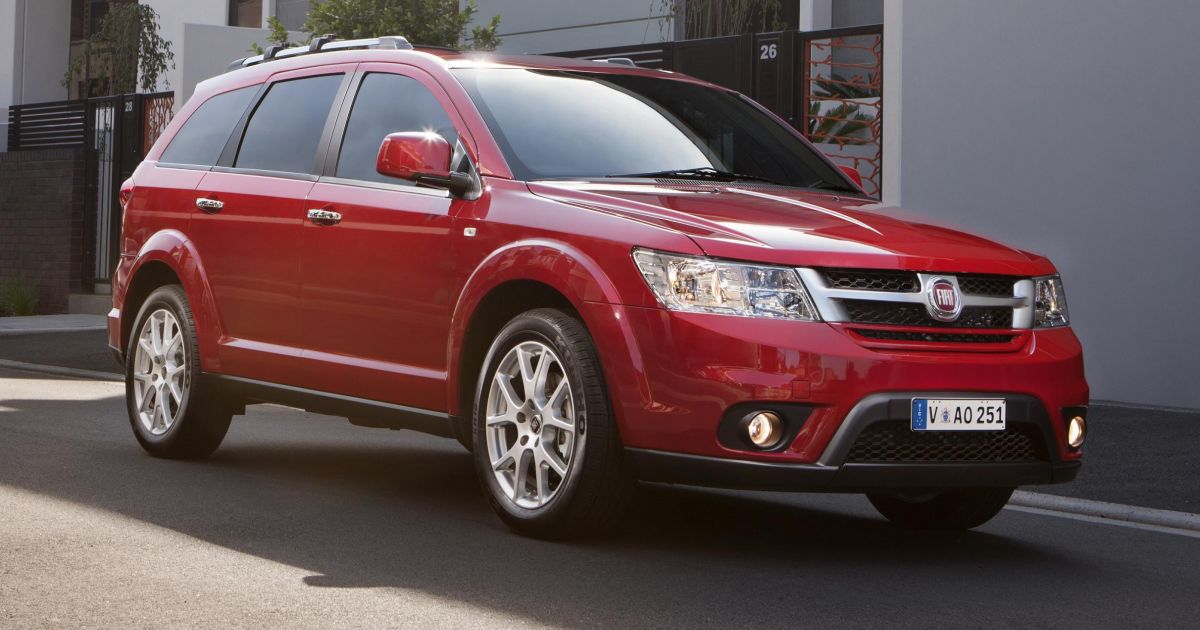
Fiat Freemont -
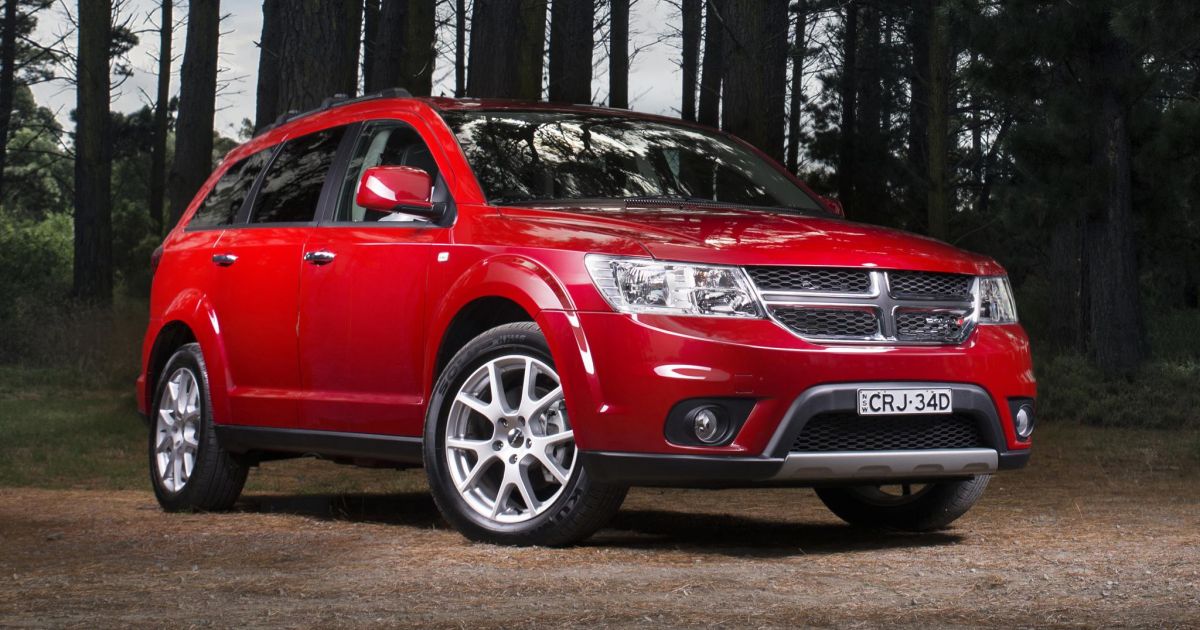
Dodge Journey
Fiat introduced the Freemont, a rebadged Dodge Journey, to Australia in 2013 and from that point on, the twins sold in almost identical numbers.
That was despite the Fiat initially lacking the Dodge’s V6 and sticking with less powerful four-cylinder engines, though this in turn allowed the Italian brand to offer a base price more than $6000 lower.
Between 2013 and 2016, Dodge sold 4758 Journeys and Fiat sold 4408 Freemonts.
Like the upcoming ASX, the 2020 Mitsubishi Express was a rebadged Renault – in this case, the Trafic van.
-
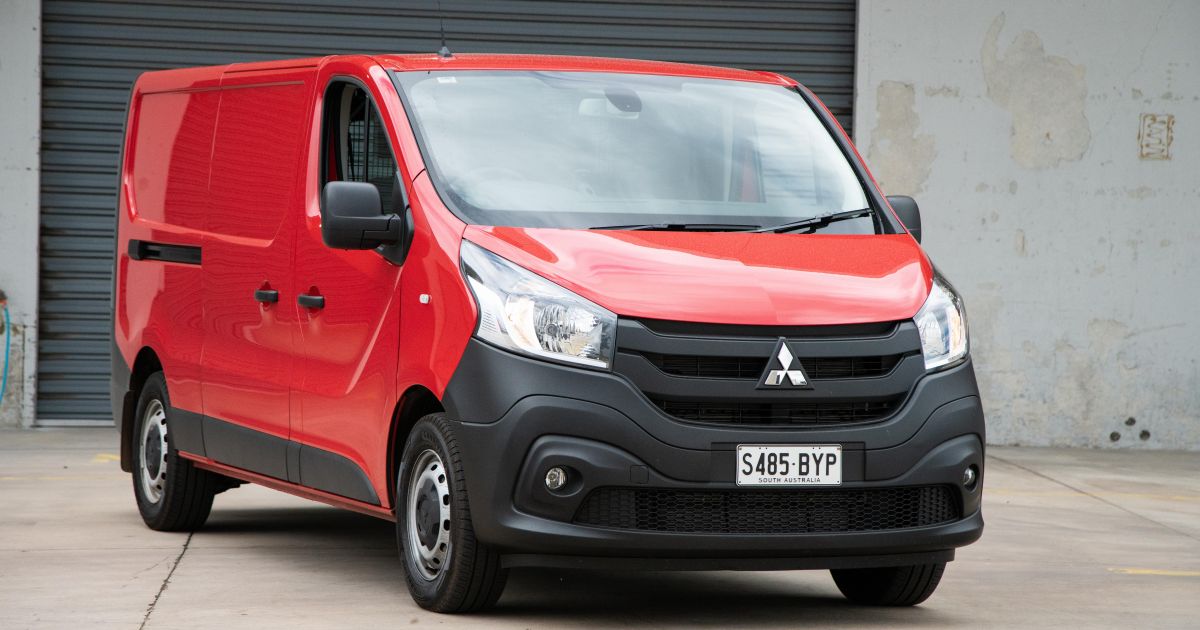
Mitsubishi Express -
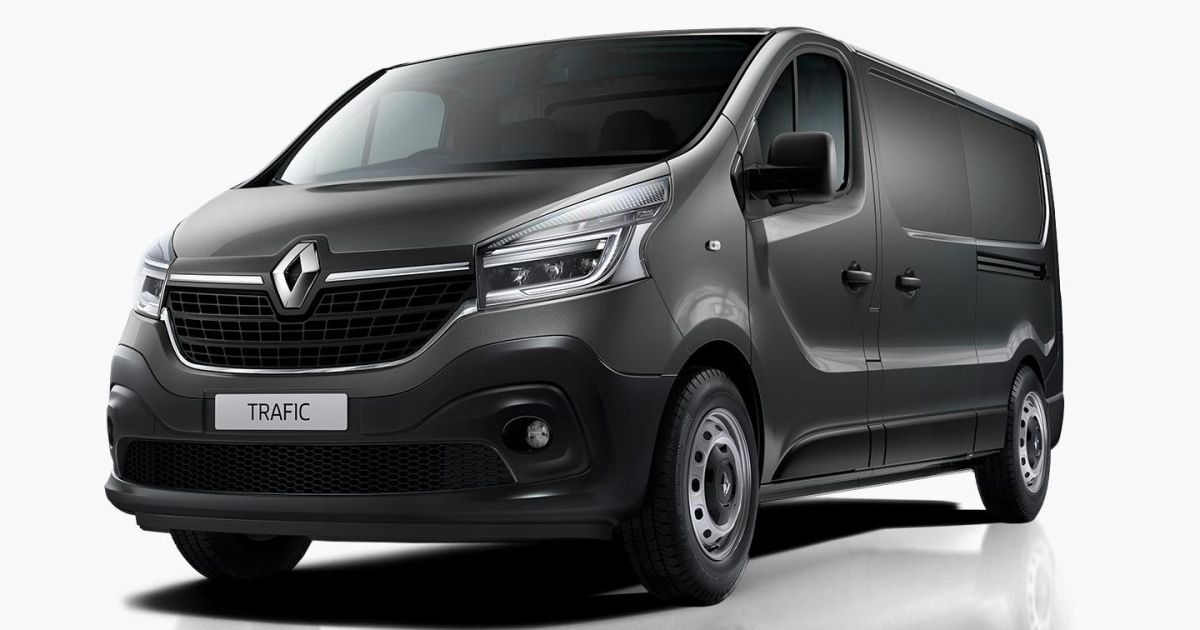
Renault Trafic
It arrived around seven years after Mitsubishi exited the local van market, and was almost immediately hobbled by a controversial zero-star ANCAP rating which the Trafic had managed to avoid by never being tested by the safety authority.
Suffice to say, Mitsubishi and the Federal Chamber of Automotive Industries (FCAI) had some choice words for ANCAP.
The Express came within a few hundred units of the Trafic in 2021 and outsold the Peugeot Expert that year, but Mitsubishi still pulled the plug in 2022.
In 2024, the Isuzu D-Max outsold the Mazda BT-50 by around two-to-one, and while the Subaru BRZ was ahead of the Toyota GR86 by a few hundred units, the Toyota bZ4X attracted a few hundred more customers than the Subaru Solterra.

